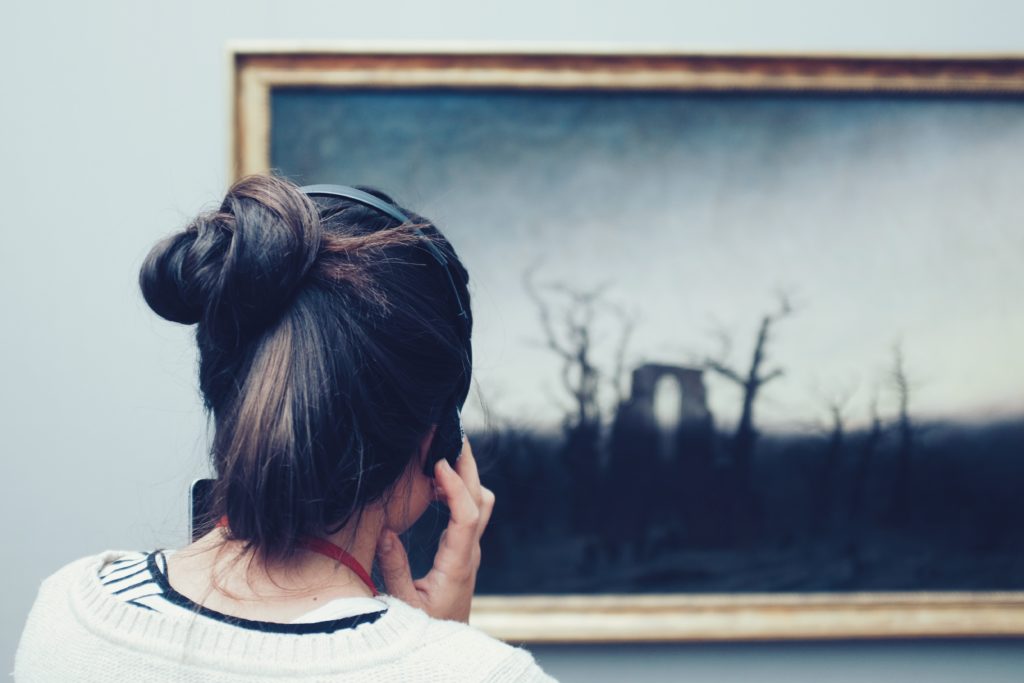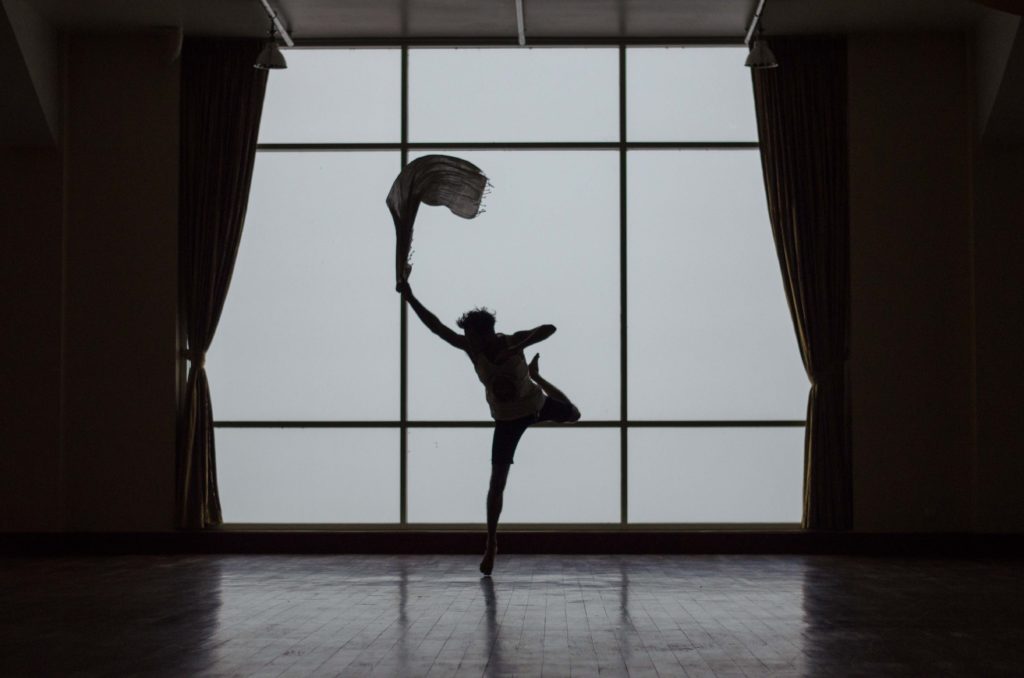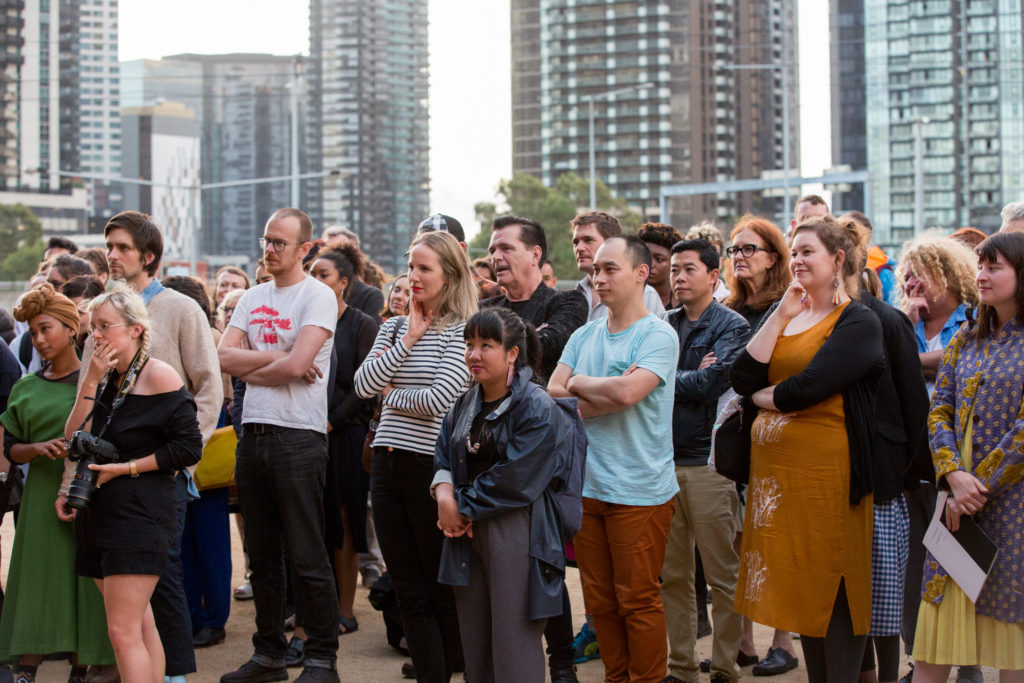Many of us take for granted our entitlement to the nation’s cultural repositories, such as museums, theatres, galleries or community events. But, in fact, large groups of Australians don’t feel welcome or included in these places.
A group of women of Asian background practiced Tai Chi every morning in the garden at Melbourne’s Immigration Museum. But when the Museum invited them in to its Asia TOPA event, they discovered most of the women had never been inside.
With great competition from artists and creative practitioners for every funding dollar, arts funders face enormous challenges in choosing the right artist or event to support, but researchers at Deakin University are helping them to improve their decision-making. They have devised a suite of innovative strategies to help them make fairer, more inclusive choices and develop their own strategies to reduce the barriers to minority groups.
Led by Associate Professors Hilary Glow and Katya Johanson, a team at Deakin has been collaborating with and advising arts funding bodies, festivals, museums and other decision makers in Victoria and other states about the best ways to include minority groups – and helping them to develop their own staff and the skills of the artists/creative practitioners within their communities.
How can you put a value on the arts?
This is an age-old question. No one disputes the value of the arts as a form of self-expression. In fact, 98 per cent of Australians engage with the arts in some way and even more recognise its positive impact. When it comes to arts sponsorship, philanthropy and community grants, however, policy makers need a broader perspective.
A/Prof Hilary Glow, who is the Discipline leader of the Arts and Cultural Management Program in Deakin’s Business and Law Faculty, and A/Prof Katya Johanson, Associate Dean in the Faculty of Arts and Education, are international experts in arts participation, audience engagement, and arts and cultural policy. They’ve been on a mission for the past 12 years to bring the knowledge they’ve gained to the sector at large.
The two have helped to lead a cultural shift in Victoria, which has become a model to arts organisations in other states and overseas.

“Our work is helping arts organisations, government funding agencies and others with limited funds to decide which theatre production, festival act or sculpture should be chosen over others,” said A/Prof Johanson.
“Decision-making about arts funding today is much more sophisticated than it was 20 years ago,” added A/Prof Glow.
“In the past, funding bodies tended to measure the success of an arts activity by the number of people who saw a performance and how they reported their level of satisfaction afterwards. Now, we know that achieving a true measure of arts effectiveness is not so simple. Just because many people enjoy watching ‘Married at First Sight,’ for instance, doesn’t mean it’s a great TV program.”
A/Prof Glow explained that funders are now asking how an event has affected an audience’s thinking, emotions and social relations.
“And we ask, ‘Does it reflect the diversity in the community, including the elderly, people with disabilities, different racial groups or other minority groups?’”
The researchers’ work led to the development by VicHealth of its “Arts About Us” program (2010-15), which sought to engage communities in conversations about the harms of racism and the benefits of cultural diversity. Through over 40 events across Victoria, the program engaged non-traditional arts audiences and extended its reach by harnessing online environments. It was an enormous success. In Swan Hill, an ‘Arts about Us’ dance class transformed the life of at least one participant – a homeless teenage boy, who discovered he had a gift for dance.
“Suddenly he had a place, an identity, and a sense of purpose. His life turned around. When we last heard of him, he was in his early 20s, still dancing, and teaching others to dance,” A/Prof Johanson said.

“VicHealth benefited enormously from Deakin’s research,” said Jim Rimmer, VicHealth Senior Project Officer (Mental Wellbeing and Arts).
“We incorporated its lessons into our own work and so did other partners, including Museums Victoria, the Malthouse Theatre and Co-Health Western Region Health Centre.”
In fact, A/Profs Glow and Johanson’s work has become an international success story. Earlier this year, their cultural impact program was one of six Deakin projects singled out by the Australian Research Council as one of Australia’s most effective research projects (‘Engagement and Impact Assessment 2018-19 National Report.’)
In 2014, as Director of the Arts Participation Incubator (API) (led by Deakin), A/Prof Glow received a Core Value Award from the International Association for Public Participation. The API conducted multiple capacity- and network- building forums and programs for arts professionals, in partnership with industry (for example, The Change Maker Festival) and government (Creative Victoria) in Melbourne and throughout regional Victoria.
Tool for a’changing times
The two researchers began their cultural impact research in 2008, initially working with the Cities of Yarra and Maribyrnong, guiding the development of their arts and cultural strategies. Their work now informs the State-wide policies of organisations such as Creative Victoria (the State Government body that allocates millions of dollars of arts funding each year), as well as VicHealth, councils and many other bodies. They continue to advise on projects such as Asia TOPA (a multi-venue festival that celebrates Australia’s connection to contemporary Asia), the Venice Biennale and the Melbourne Fringe Festival, amongst many others.
Key questions their research has asked include: How does cultural policy invite participation from particular groups, such as young adults or Indigenous people? How can local government policy increase participation by diverse groups? How can cultural policy support arts organisations and practitioners to grow their capacity to engage with the world, including audiences?

Expanding Australia’s story
The researchers’ interest is about finding new ways for arts organisations to talk about their work, show evidence and tell an important story, including how people from different ethnic backgrounds, children, disabled and older people can benefit and contribute.
“It is a challenge to break people out of their silos and to make everyone feel welcome and comfortable,” said A/Prof Glow.
“Some arts groups are trying to grapple with how they promote an event or present an invitation. At its Asia TOPA event, the Immigration Museum persuaded the Tai Chi women to come inside the portico. They and many others are trying to open their doors to new relationships, to change the demographic, but it’s not just a marketing task, or a matter of organising collateral in a different language. It’s about building relationships that are sustainable, where the outcome has included engagement and ownership.”
In one of many signs that the tide is turning in Victoria, the Melbourne Writers’ Festival introduced a concurrent Indian literary festival in Melbourne (based on the popular Jaipur Festival) in 2017. As part of their strategy, the organisers employed a cultural facilitator (from an Indian background) to oversee publicity and to build bridges into Melbourne’s diasporic Indian community. The event was a huge success, with a completely new audience for the Melbourne/Jaipur Writer’s Festival, which is now an annual event.
It is fitting that the arts sector has become a cultural bell weather – taking the next steps in embracing Australia’s diversity, and fulfilling its fundamental role in creating a vibrant and inclusive society.
Claire Whiteley
Staff writer



